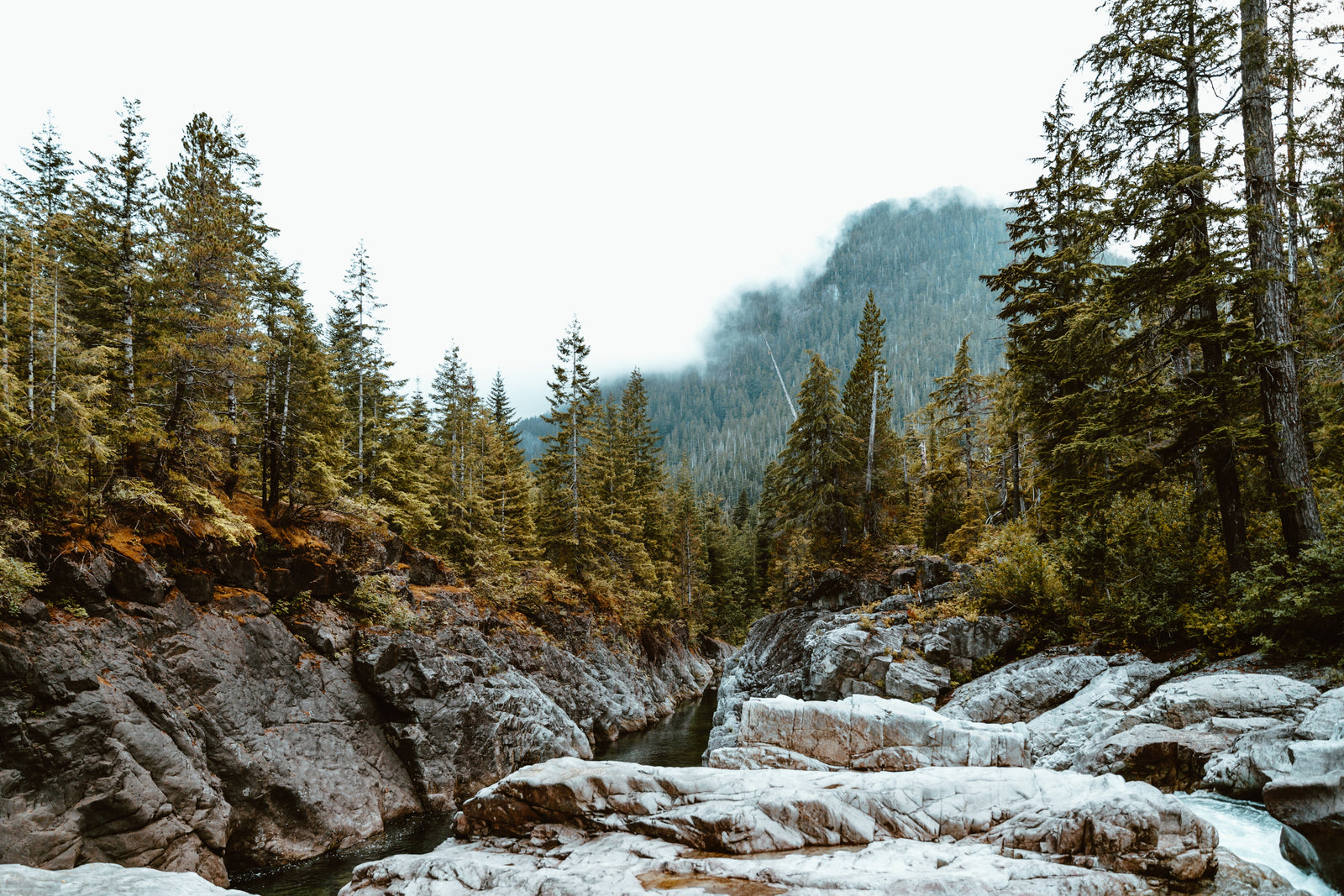Are you tired of your tap water tasting like something cooked up in a sterile, fluorescent-lit lab? Sick of unexpected softener SNAFUs and costly maintenance? Then it might be time to ditch your salt-based softener and make way for the more natural, simple solution.
Let's dive into the world of salt-free water softeners, where you can enjoy purified water without feeling like you need a lab coat and PhD.
Salt-Free vs. Salt-Based Softeners: Some Key Differences
For decades, salt-based “ion-exchange” water softeners have been the default water-softening tech. There’s good reason for this: when it comes to removing hard-water minerals like calcium and magnesium from your tap water, they get the job done by exchanging sodium ions from salt-laden softening cartridges for those in hard-water minerals, trapping them in the salt-based filtration device, which must be regularly flushed and changed. In addition, water purified by this method can come out “over-softened,” with a slippery, filmy feeling and clinical, chemical taste.
Which is why so many people Google “Why is my water slimy?”
Salt-free “ion-bond” softeners, such as Cascadian, work more naturally. Instead of removing minerals like calcium and magnesium, they are kept in the water, albeit in altered form thanks to PolyHalt®, a natural chemical that readily bonds with hard water minerals to form a new and very stable complex, preventing the minerals from behaving like those in hard water, while leaving them in your water, where they belong. This is more similar to how water is naturally filtered through porous rock — some “hard-water” minerals are left in the water, but in a way that is actually beneficial, improving water’s taste allowing for easy cleanup of mineral residues and best of all, requiring almost no maintenance and having no polluting waste output.
Environmental Impact of Salt-Based Softeners
Since the salt-based ion-exchange process is not analogous to how water is filtered and softened in nature, it doesn’t function in harmony with the surrounding environment. Briny wastewater produced by salt-based softeners eventually finds its way back into groundwater. Since salt hurts the microbes responsible for breaking our waste down into elements, there is a cumulative toxic effect on many systems — natural and manmade — dependent on that salt-tainted water. Since cities have a responsibility to minimize the impact of their sewage, several municipalities are putting limitations and sometimes instituting outright bans on the use of salt-based softeners. Ion-bond softeners that don’t rely on salt produce no more environmental impact than a natural mountain spring, since all chemicals involved in the ion-bond process are completely natural, safe, and deployed only in small amounts.
Simple Problem, Simple Solution
Hard water isn’t complicated. All water carries various minerals in various concentrations. How these minerals behave determines how they’ll affect your skin, hair, household surfaces, and the taste of your drinking water.
Strictly objective measures of water hardness don’t actually tell us much, since high concentrations of certain minerals don’t actually make your water behave “hard.” To use a simple analogy, would you rather be out on an 80 degree day in a crisp, temperate climate, or in a muggy, tropical one? The temperature is the same in both scenarios, yet each will be a distinctly different experience. Just as factors like wind and humidity are accounted for in weather reports, so should factors like mineral behavior be measured when assessing water hardness.
The ion-exchange (salt-based) industry would love for your to think otherwise, though: by defining water hardness strictly in terms of mineral concentration, they keep consumers vested in the needlessly complex and environmentally harsh world of ion-exchange softening. But that luxury water that goes for $10 / bottle at posh markets like Erewhon and Whole Foods? It’s called ‘mineral water’ for a reason, and, you guessed it, is full of natural minerals ameliorated by natural processes.
Some charge a premium for “pure and simple” — but Cascadian actually saves you money over time, requiring one-time installation of standard equipment and only once-yearly maintenance. Way simpler than going the salt route, way cheaper than $10 / bottle, but just as natural and pure. No lab coat required.
